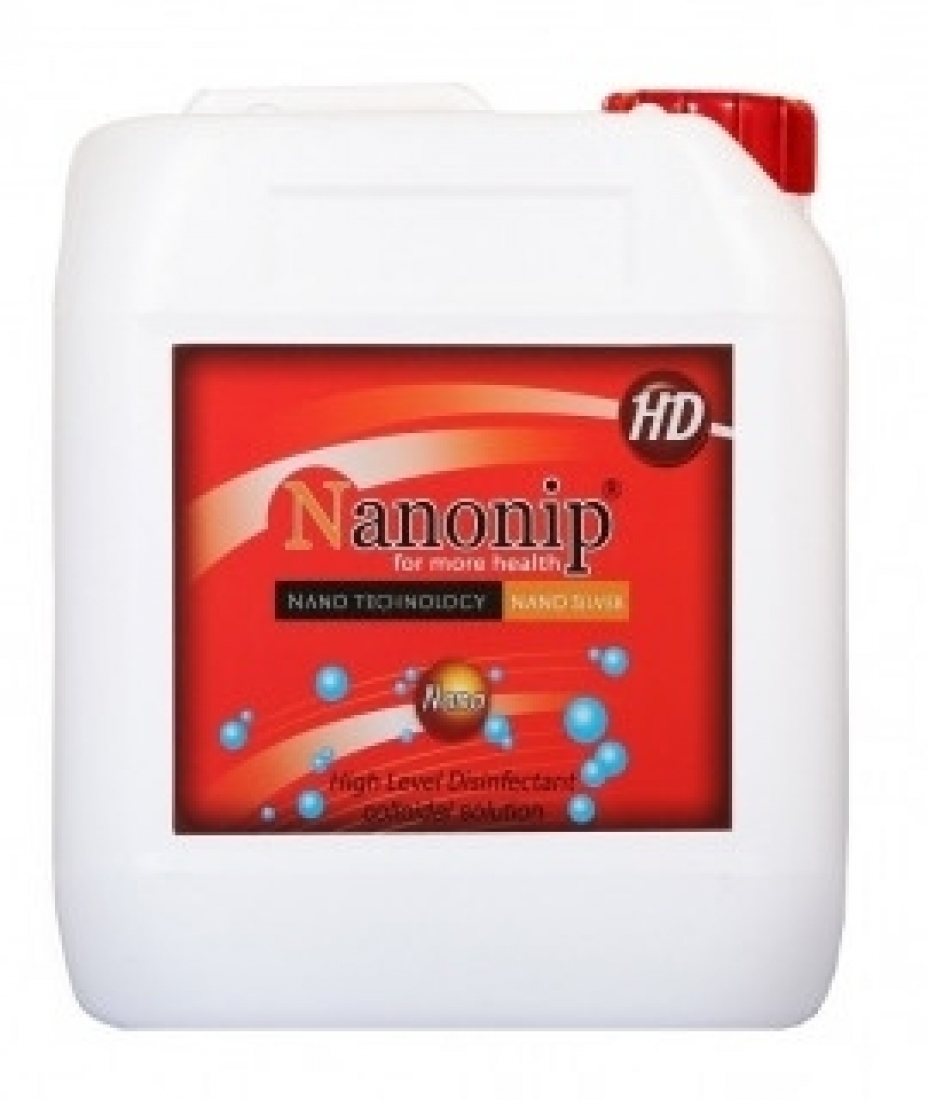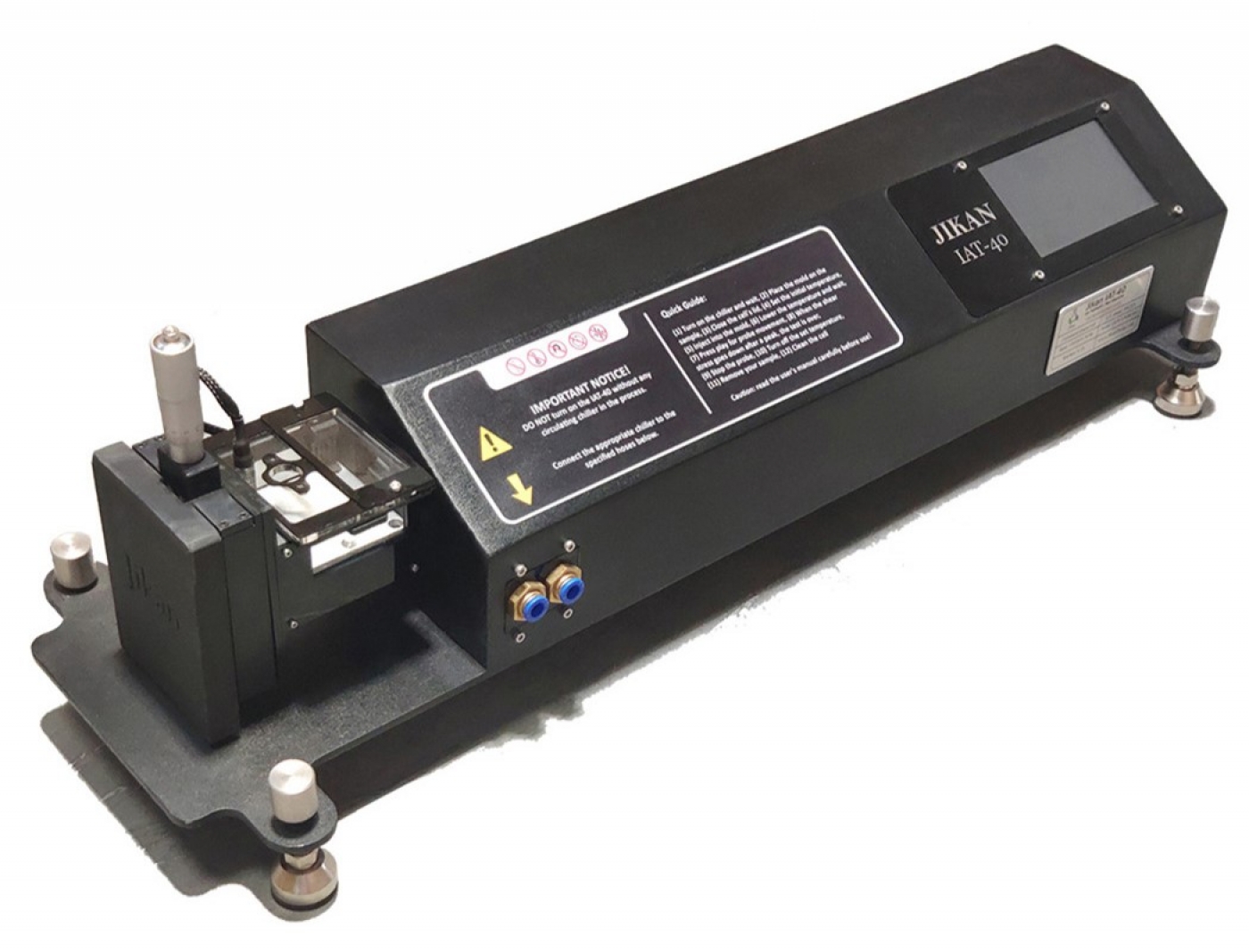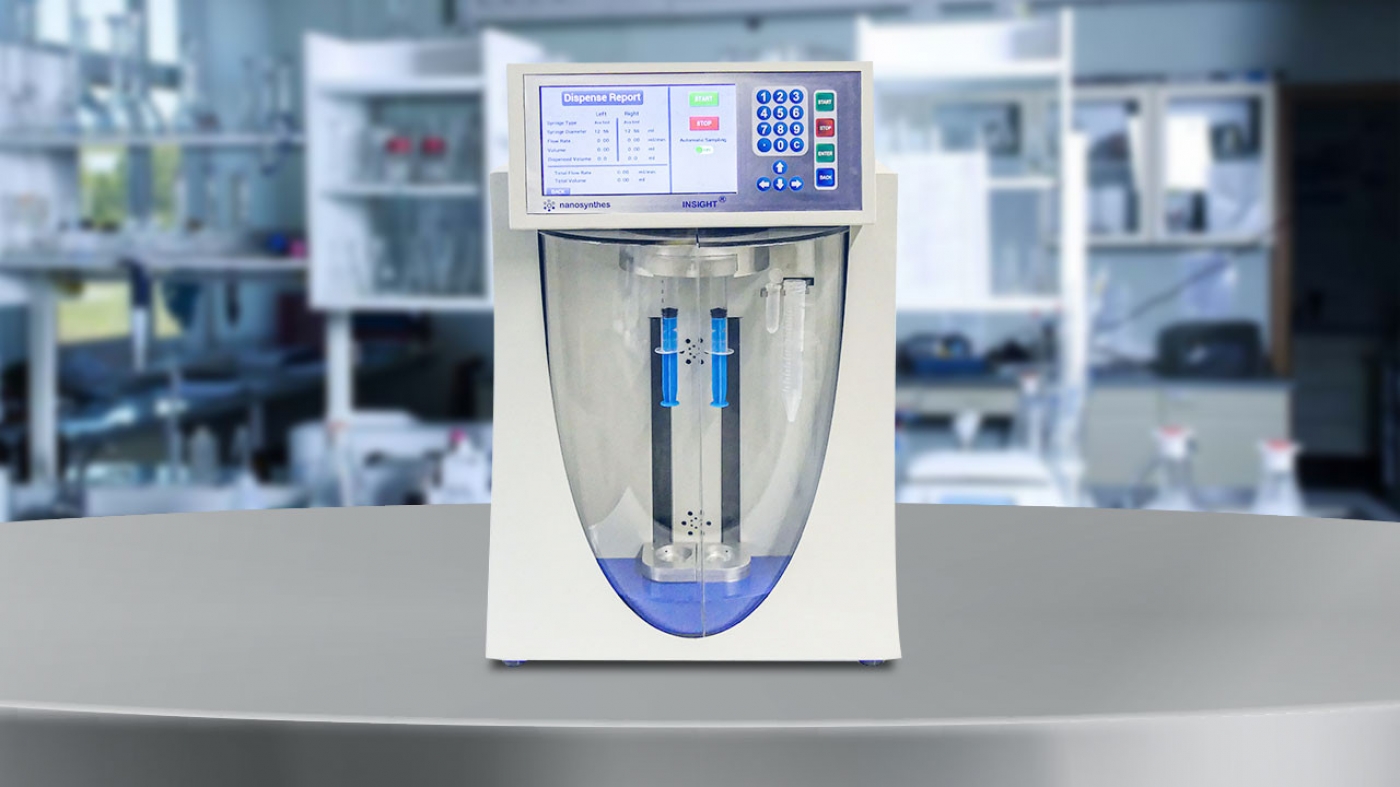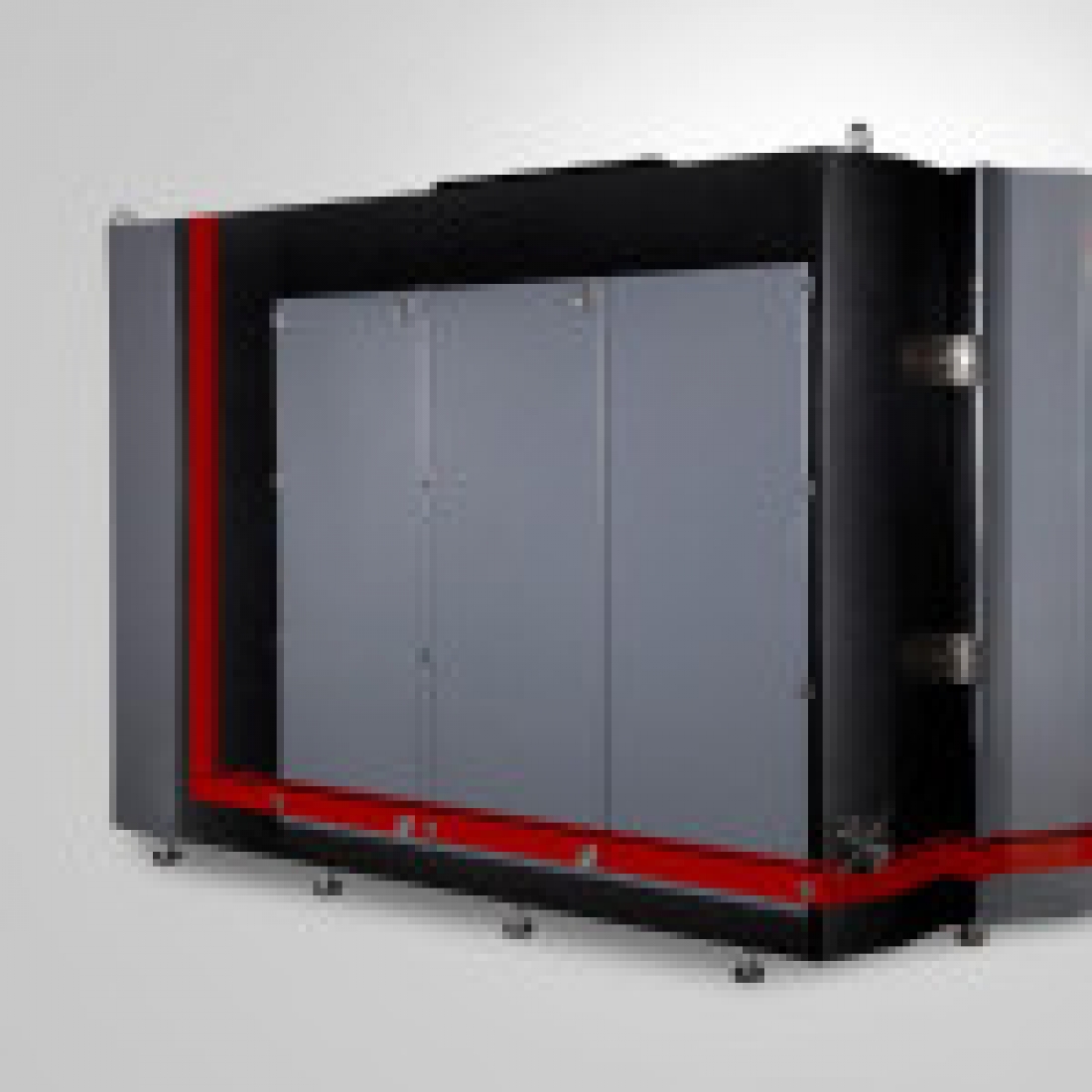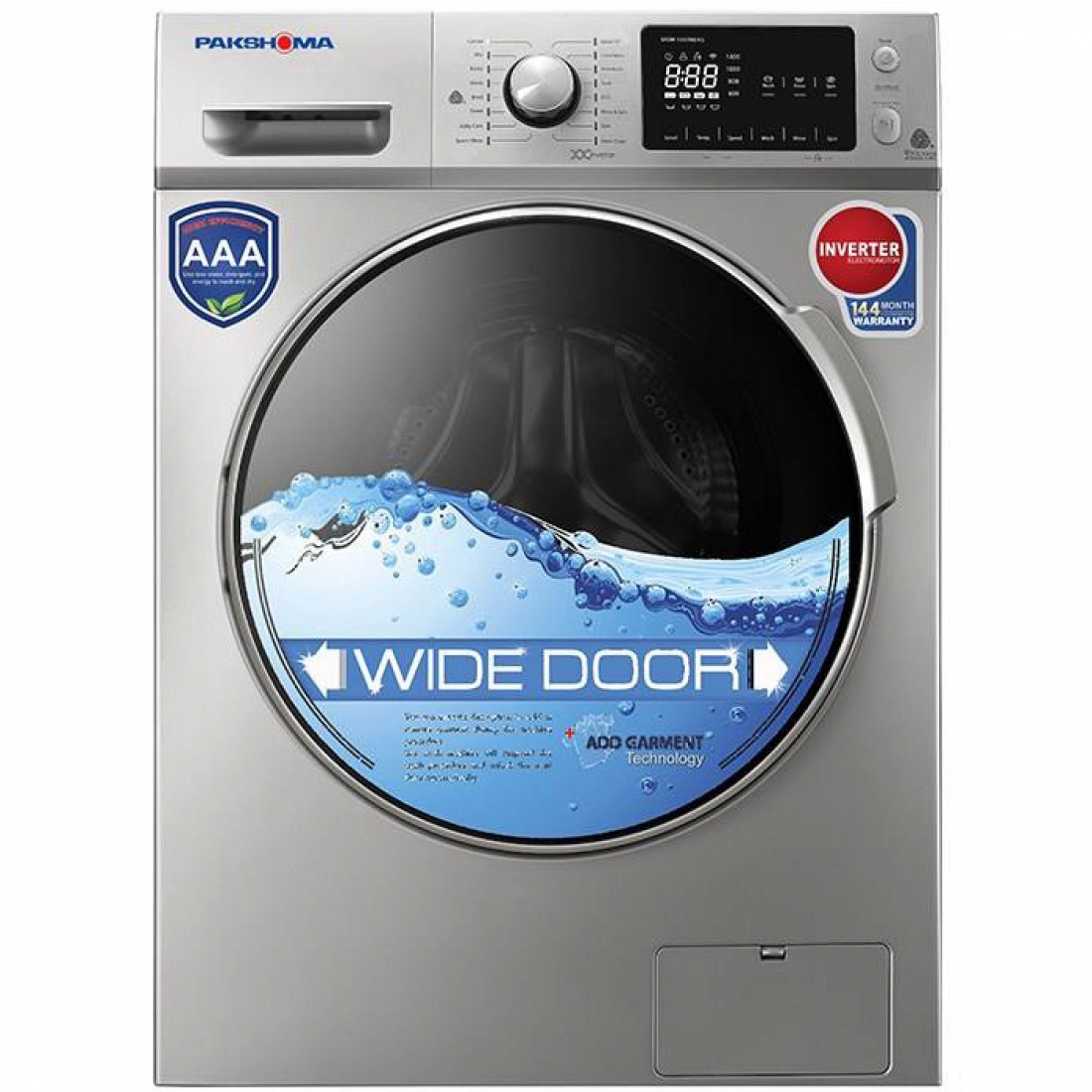A detergent is a surfactant or a mixture of surfactants with "cleaning properties in dilute solutions. These substances are a family of compounds that are similar to soap but are more soluble in hard water. In most household contexts, the term detergent by itself refers specifically to laundry detergent or dish detergent, as opposed to hand soap or other types of cleaning agents. Detergents are commonly available as powders or concentrated solutions. Detergents, like soaps, work because they are amphiphilic: partly hydrophilic (polar) and partly hydrophobic (non-polar). An emulsion is a mixture of two or more liquids that are normally unmixable. Emulsions are part of a more general class of two-phase systems of matter called colloids. Emulsions tend to have a cloudy appearance because the many phase interfaces scatter light as it passes through the emulsion. Two special classes of emulsions – microemulsions and nanoemulsions appear translucent. Nanoemulsions are emulsions with droplet size on the order of 100 nm. A typical nanoemulsion contains oil, water and an emulsifier. Since microemulsions are thermodynamically stable systems in equilibrium, they are sensitive to changes in temperature and composition. Therefore, nanoemulsions are attractive for aforementioned applications because they are relatively the least sensitive to physical and chemical changes and they can be kinetically stable over long time scales. This product is an alcohol free nanoemulsion which works as a detergent for cleaning and glazing variety of surfaces.

